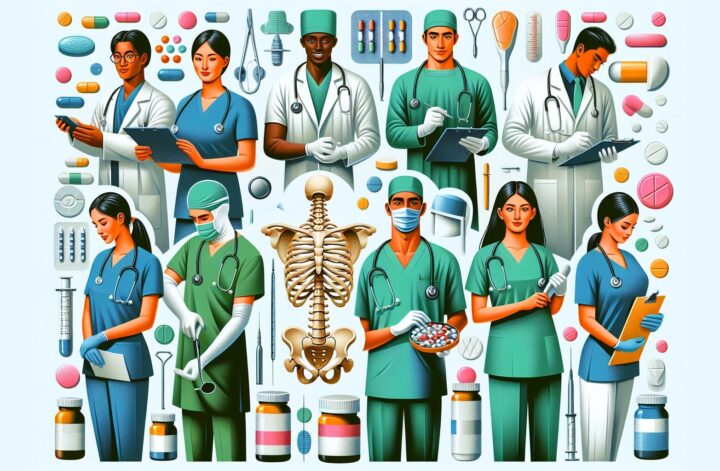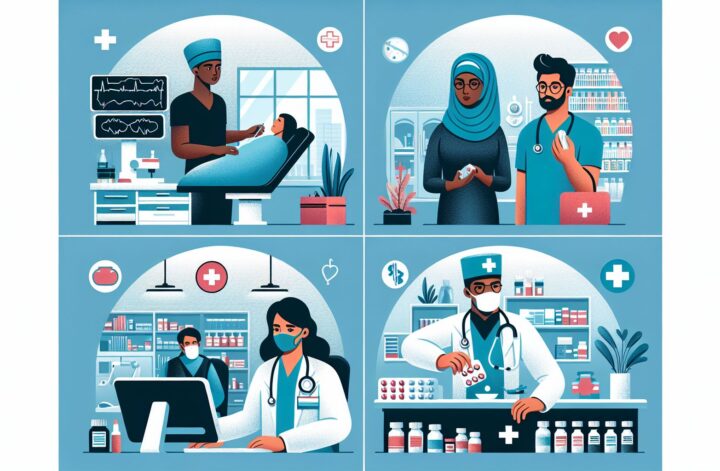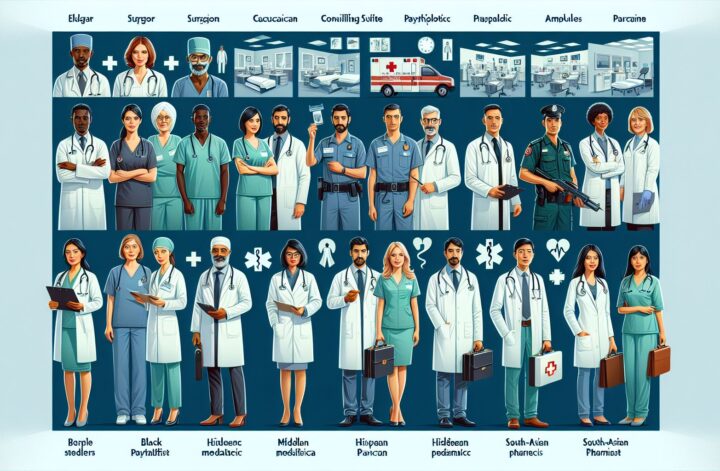When it comes to seeking medical help, it is essential to understand that there are various forms of assistance available. From primary care providers to specialized doctors, each type of medical help serves a unique purpose in maintaining and improving our health. In this article, we will explore the different types of medical help and how they can benefit us.
Primary Care Physicians
Your primary care physician is your first point of contact for most medical issues. These doctors are often general practitioners or family physicians who provide routine healthcare services. This includes annual check-ups, preventive care, immunizations, and treatment for common illnesses and injuries. Such doctors also manage chronic conditions like diabetes or hypertension. They may refer you to specialists if needed but are responsible for coordinating and overseeing your overall healthcare.
Specialists
Specialists are doctors who have advanced training and expertise in specific areas of medicine. They focus on diagnosing and treating specific conditions or diseases. Some common types of specialists include dermatologists, cardiologists, pulmonologists, orthopedic surgeons, and neurologists. These doctors are typically consulted when a primary care physician requires more specialized knowledge to diagnose or manage a particular health issue.
Emergency Medical Services
In emergencies, such as accidents or sudden serious illnesses, emergency medical services (EMS) play a critical role. EMS professionals, such as paramedics or emergency medical technicians (EMTs), are trained to provide immediate medical care on-site. They assess the patient’s condition, stabilize them, and transport them to the appropriate medical facility. EMS is vital in ensuring that prompt and efficient medical attention is provided during life-threatening situations.
Urgent Care Centers
Urgent care centers are medical facilities that provide immediate medical attention for non-life-threatening conditions that cannot wait for a regular appointment with a primary care physician. They are convenient alternatives to emergency rooms for conditions like minor injuries, infections, or illnesses. Urgent care centers are equipped with medical professionals who can diagnose and treat various health concerns promptly, ensuring fast relief while avoiding the long wait times associated with emergency departments.
Telemedicine
Telemedicine has gained popularity in recent years, especially with advancements in technology. Also known as virtual care, telemedicine allows patients to consult healthcare professionals remotely through video calls or phone conversations. This form of medical help is advantageous in situations where patients have limited access to doctors or when immediate physical consultation is unnecessary. Telemedicine is often used for follow-up appointments, general advice, or initial assessments before determining if an in-person visit is required.
Conclusion
Seeking the right type of medical help depends on the nature of your health concern. Primary care physicians should be your first point of contact for routine medical care, while specialists provide expert diagnosis for specific conditions or diseases. In emergencies, EMS ensures immediate medical attention, while urgent care centers are suitable for non-life-threatening urgent situations. The rise in telemedicine also offers convenient remote consultations for various healthcare needs. Understanding these different types of medical help empowers individuals to make informed decisions about their healthcare and ensures that appropriate treatment is sought when needed.



